How do I convert 12vdc to 1.5vdc for flashing mini-lights on my HO Scale Railroad system? The flasher will drive 2 alternately flashing bulbs (1.5 volts each) The maximum output of flasher is 100mA @ 12vdc.
-
2Stepping down a voltage can be done with a "linear regulator", or a "buck switcher". Use those keywords to find many products that can do this. – Olin Lathrop Feb 17 '13 at 20:40
-
I asked a related question yesterday. You should find some good information there: http://electronics.stackexchange.com/questions/58195/is-this-how-i-would-expect-a-voltage-regulator-to-work – capcom Feb 18 '13 at 03:50
2 Answers
Although an LDO or standard regulator can be used, the large voltage difference between input and output will result in significant power dissipation that is purely wasted:
100mA*(12.0-1.5) = 1W
That's a full watt that doesn't do anything but turn to heat (and you need to deal with properly dissipating it).
A DC/DC buck converter will give you what you want. For a ready made solution, Sparkfun has a breakout board for a DC/DC converter that will do what you need.
- 7,619
- 3
- 25
- 44
-
Considering the application, size is (assumption) more of a concern than heat or energy loss. A lm317 in a to220 could easily handle 1W in most cases, and a the smallest/simplest 25 cent heatsink could keep it even cooler. 2 dollars total, instead of 30 for that converter. – Passerby Feb 18 '13 at 03:53
As suggested by Gustavo, buck regulator is the way to go.
Linear regulators are easier to build (less components) but lot of energy is wasted as heat. Linear regulators can offer cleaner supply (low ripple) if your application demands it.
Switching regulators reduce the wasted energy as compared to linear regulators.
Here is on such switching regulator from ebay the output is variable:

- 4,612
- 5
- 27
- 40